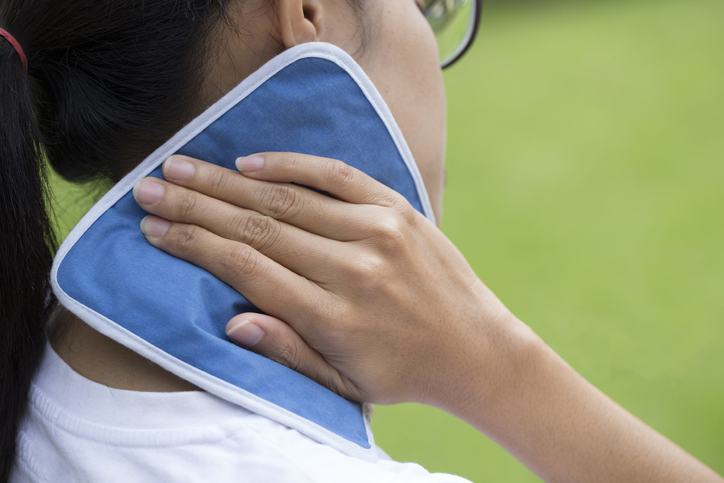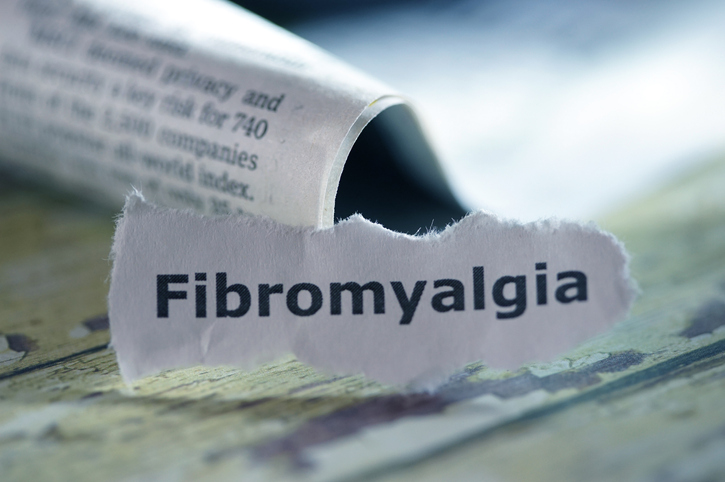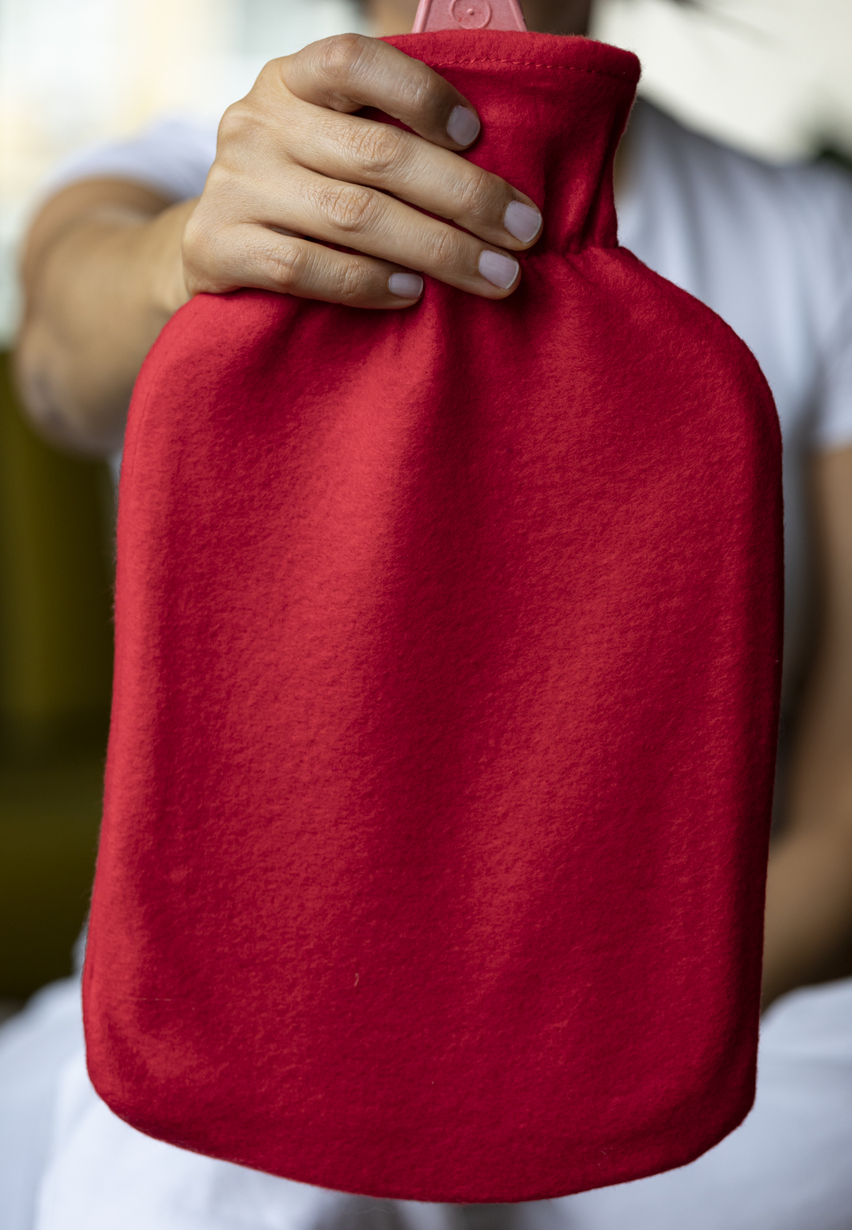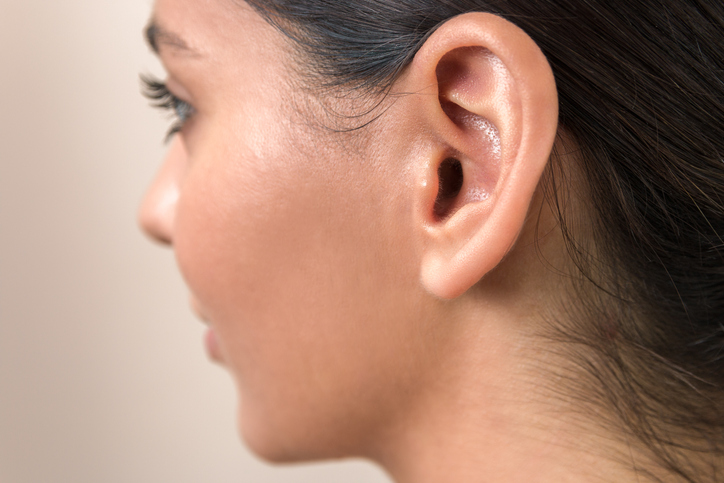Treatments
Heat or Cold Therapy for Fibromyalgia

What is fibromyalgia?
Fibromyalgia is a chronic pain syndrome that involves widespread muscle pain (myalgias) and joint pain (arthralgias). In some cases, the onset of fibromyalgia symptoms begins after a physically or emotionally traumatic event, such as a car accident; in other cases, symptoms start insidiously, gradually worsening over time.
What is temperature therapy?
Temperature therapy involves the use of heat or cold to reduce pain. Heat therapy relaxes stiff joints and muscles; whereas, cold therapy numbs acute pain and reduces inflammation. Switching between heat and cold therapy can help reduce certain types of pain.
Heat or cold therapy treatment for fibromyalgia
Heat therapy increases the temperature of the targeted area, improving circulation and blood flow. This can soothe stiff joints and increase muscle flexibility. Heat therapy may involve dry heat, such as a heating pad, or moist heat, such as steamed towels. Cold therapy is used to decrease blood flow to a targeted area, which can reduce inflammation and swelling, particularly around a joint or tendon.
Heat therapy for fibromyalgia
Superficial heat therapy heats the skin and includes heating pads and hot packs. Deep heat therapy reaches the core muscles by using ultrasound or whirlpool baths. Consult a health care professional before beginning heat therapy. Benefits of heat therapy for fibromyalgia include the following:
- Warm bath or shower
Warm water provides relaxation and reduces pain and stiffness throughout the body. Be sure the water is not hot enough to burn the skin. - Hot packs
A hot pack helps to relieve muscle spasms and pain, especially if caused by restless leg syndrome. Soak a face cloth or towel in hot steaming water,and place over the affected area for 10 minutes. - Whirlpool baths
For those with fibromyalgia, a whirlpool bath helps alleviate pain and stress. The bath circulates water around the affected area, which increases the circulation and blood flow to the area. - Heating pad
An electric pad places heat directly on the affected area. This helps to reduce pain and stiffness. - Paraffin waxing
Paraffin wax increases skin elasticity, reduces pain, and restores moisture in hands and feet. The wax is melted to a warm temperature, the affected area is dipped into the wax, pulled out, and dipped again until a good wax covering is present. A warm towel is placed around the area for 20 minutes. The wax is then peeled off.
Cold therapy for fibromyalgia
Cold therapy is beneficial for those with fibromyalgia due to the numbing effect. The cold also constricts the blood vessels and decreases blood flow, which reduces inflammation. Common forms of cold therapy include the following:
- Ice bag or frozen vegetables
An ice bag or bag of frozen vegetables can be applied to the painful area for 20 minutes, several times each day. A towel should be placed between the ice and skin. Temperature receptors recognize the cold and crowd out pain signals. - Cold gel pack
A cold gel pack that is applied to a painful area can help ease muscle pain that is associated with fibromyalgia. It decreases circulation to the direct location that it is placed on, which reduces pain. - Cold bath
A cold bath can boost the immune system. Additionally, it can soothe muscles and ease joint pain by reducing inflammation.

















